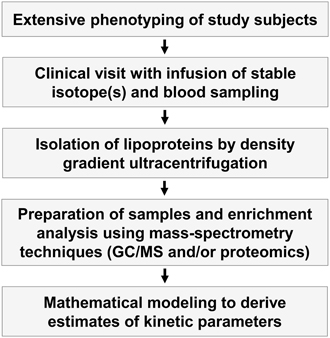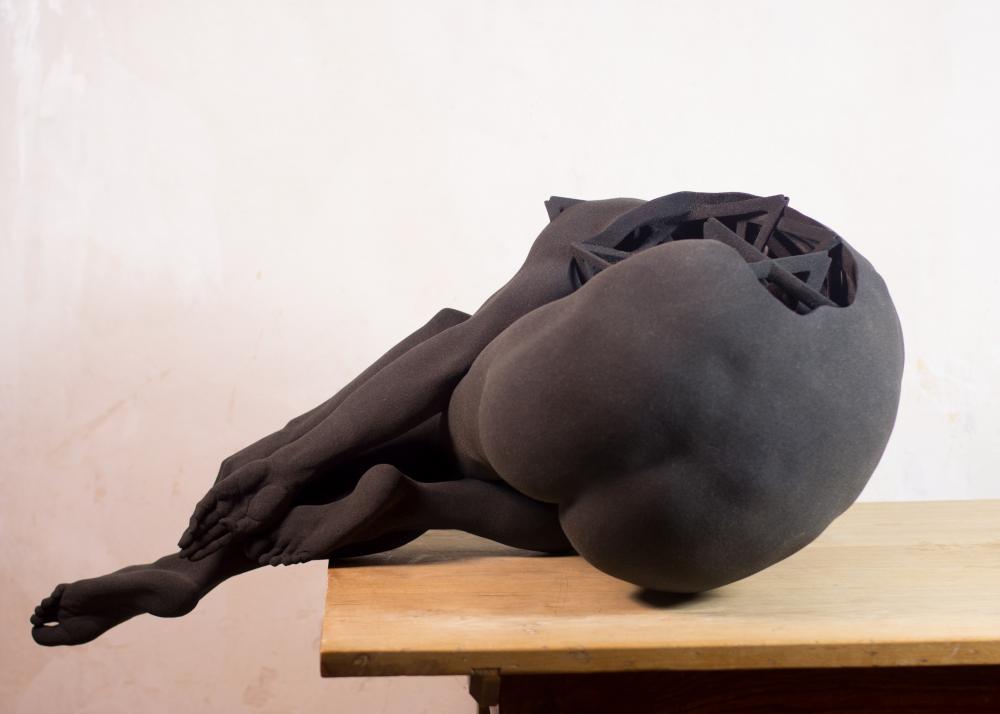

10.1038/s4137-7Īeffner F., Zarella M., Buchbinder N., Bui M., Goodman M., Hartman D., et al. Ki67 Reproducibility Using Digital Image Analysis: an Inter-platform and Inter-operator Study. Scale bar: 100 μm.Īcs B., Pelekanou V., Bai Y., Martinez-Morilla S., Toki M., Leung S. Each dot represents the mean from a single slide. (F) Boxplots showing the mean percentage of beta or alpha cells per islet. (E) Representative image showing two islets, one containing mainly beta cells (green) and one containing mainly alpha cells (magenta). (D) Violin plots showing the density of beta and alpha cells in the same section, expressed as number of endocrine cells per mm 2 of islet area. (C) Violin plots showing the percentage of endocrine cells (beta and alpha cells) per islet analyzed in the whole pancreatic section, stained with antibody combination #1. More details can be found in Supplementary Table S1. The different staining IDs are shown as #1–6. (B) Histograms showing the cellular content of islets in pancreatic sections stained with different antibody combinations. (A) Comparison of islet density expressed as number of endocrine cells per islet area in mm 2 among the different staining combinations. Annotation measurements were exported as CSV files and were subsequently processed in Excel spreadsheets.Ĭharacterization of the endocrine and exocrine pancreas in a non-diabetic donor. Combination of single classifiers was necessary for the accurate detection of beta and alpha cells.

Cells were identified as areas of staining above the background level by applying optimized Cell mean intensity thresholds. (B) The Single measurement classifier tool was employed to detect positive cells for the marker of interest. Whole-slide image analysis was carried out with QuPath, version 0.2.3 1) tissue was detected using an intensity thresholder based on average values of all channels for the labeled proteins 2), Objects (islets) were then created using the pixel classifier, and 3) cells were detected and smoothed features were added. Multiple immunofluorescence protocols were employed for the staining of tissue sections from the pancreatic tail of a single non-diabetic donor. (A) Experimental method and image analysis. Schematic illustration of the whole-slide image analysis workflow using QuPath. QuPath multiplex immunofluorescence pancreas pathology type 1 diabetes whole-slide image analysis.Ĭopyright © 2021 Apaolaza, Petropoulou and Rodriguez-Calvo. The standardization and implementation of these analysis tools is of critical importance to understand disease pathogenesis, and may be informative for the design of new therapies aimed at preserving beta cell function and halting the inflammation caused by the immune attack. Therefore, we present a tool and analysis pipeline that allows for the accurate characterization of the human pancreas, enabling the study of the anatomical and physiological changes underlying pancreatic diseases such as type 1 diabetes. In addition, we show that QuPath can identify immune cell populations in the exocrine tissue and islets of Langerhans, accurately localizing and quantifying immune infiltrates in the pancreas. We demonstrate that QuPath can be adequately used to analyze whole-slide images with the aim of identifying the islets of Langerhans and define their cellular composition as well as other basic morphological characteristics. Here, we described the use of QuPath-an open-source platform for image analysis-for the investigation of human pancreas samples. Nowadays, multiplex immunofluorescence protocols as well as sophisticated image analysis tools can be employed. In addition, the use of new imaging technologies has unraveled many mysteries of the human pancreas not merely in the presence of disease, but also in physiological conditions. Recently, human pancreas samples have become available through several biobanks worldwide, and this has opened numerous opportunities for scientific discovery. However, intrinsic differences between animals and humans have made clinical translation very challenging. Access to human pancreas samples for research purposes has been historically limited, restricting pathological analyses to animal models. Type 1 diabetes is a chronic disease of the pancreas characterized by the loss of insulin-producing beta cells.


 0 kommentar(er)
0 kommentar(er)
